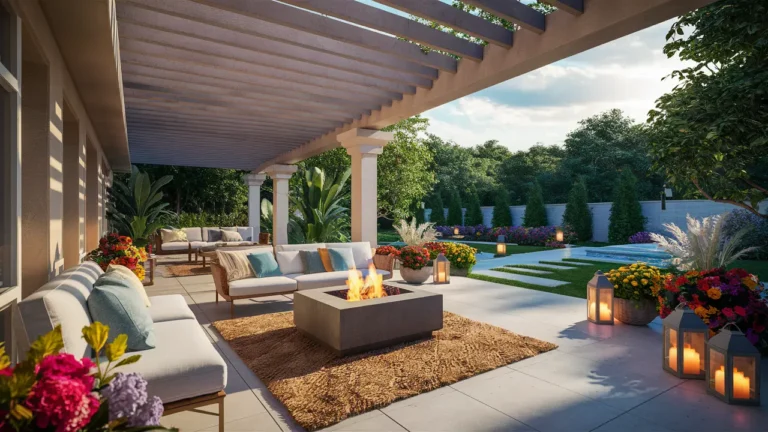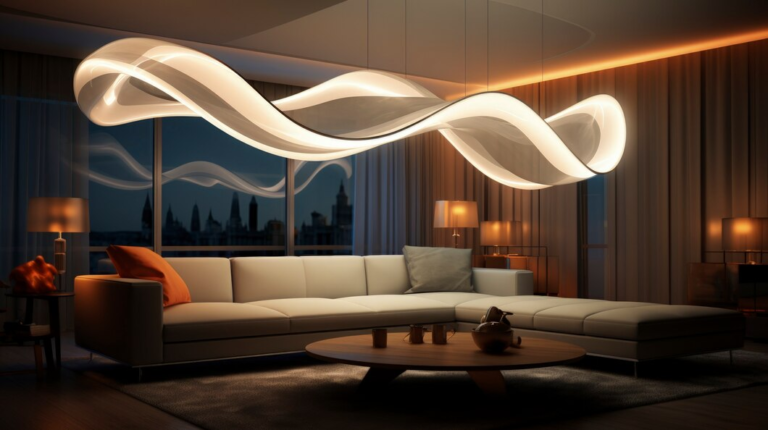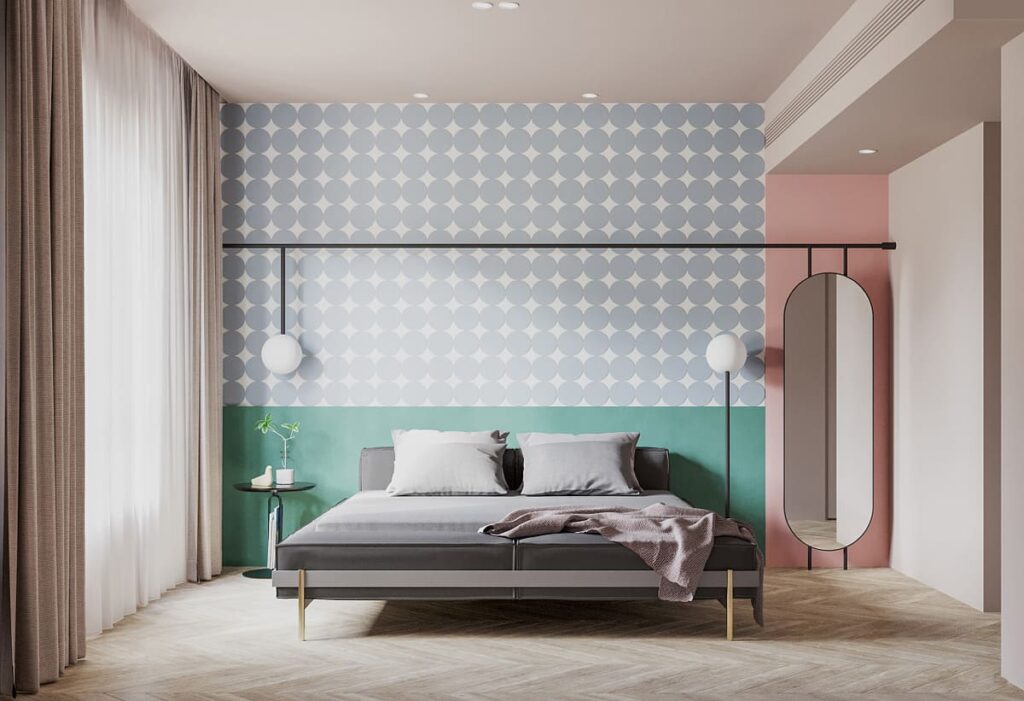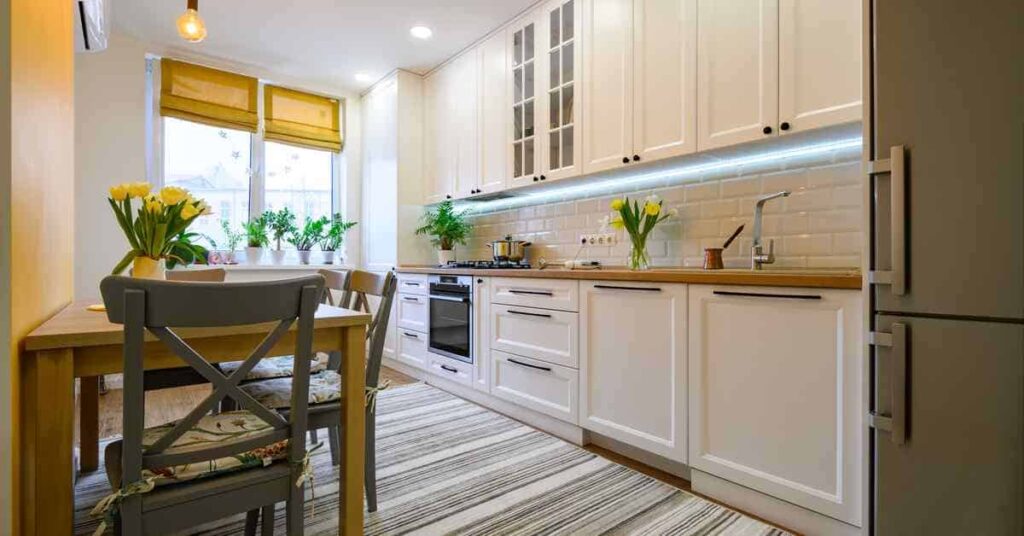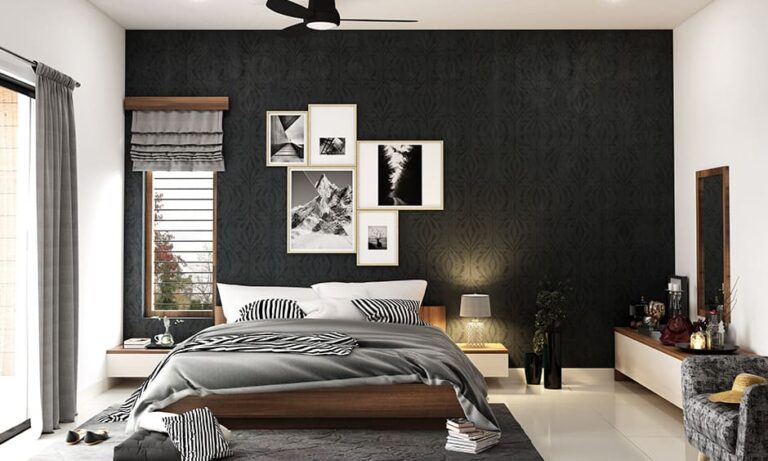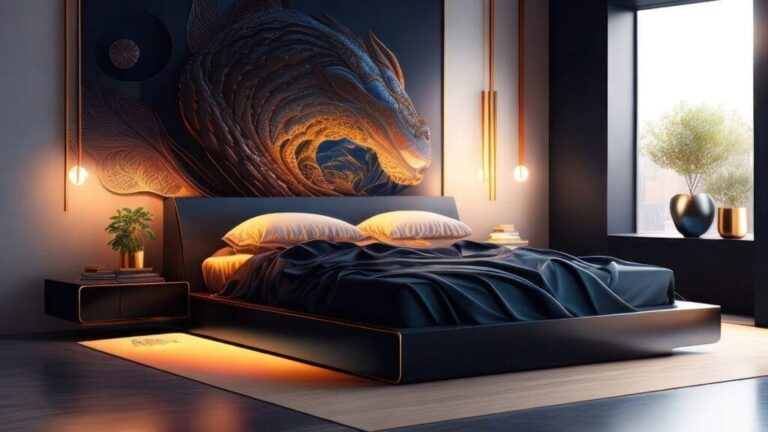A well-designed music room can inspire creativity and enhance performance, providing a sanctuary where artists can explore their musical talents. Whether you are a professional musician, a music teacher, or a passionate hobbyist, setting up a space dedicated to music involves careful consideration of layout, acoustics, and atmosphere. Here’s how you can create the perfect music room in your home.
Understand the Space
Room Selection: Choose a room that is somewhat isolated to minimize noise interference from the rest of the house. Ideally, pick a room where noise won’t disturb others either.
Size and Shape: Larger rooms with high ceilings are preferable as they generally offer better acoustics. A rectangular shape is ideal because it helps avoid sonic distortions that can occur in square rooms.
Design the Layout
Functional Zones: Divide the room into specific areas based on function. Have a zone for playing instruments, another for recording (if applicable), and perhaps a relaxed seating area for writing or discussing music.
Instrument Placement: Position instruments strategically. For instance, keep pianos away from walls to allow sound to resonate, and place drums in a central location if they are the focal point of the music being produced.
Enhance the Acoustics
Soundproofing: To prevent sound from escaping and external noises from entering, soundproof your music room. Use acoustic panels, foam, carpets, and double-glazed windows to absorb and isolate sound.
Acoustic Treatment: Beyond soundproofing, improving the internal acoustics of the room is crucial. Use diffusers to break up sound waves and reduce echoes, and bass traps to manage low frequencies.
Choose the Right Equipment
Quality Instruments: Invest in high-quality instruments as the centerpiece of your music room. Ensure they are well-maintained and tuned regularly.
Recording Gear: If recording is a part of your musical activity, invest in good microphones, headphones, and recording software. Position your recording equipment in a way that captures the best sound quality.
Comfort and Aesthetics
Lighting: Opt for adjustable lighting to match the mood you need, whether it’s bright lights for practice or softer shades for a relaxed ambiance.
Furniture: Comfortable seating is essential, especially if you spend long hours in the room. Consider ergonomic chairs for playing instruments and plush sofas for breaks or creative brainstorming.
Decor: Personalize the space with musical decor such as framed records, musical note art, or posters of your favorite artists. Plants can also add a touch of warmth and improve room acoustics by absorbing noise.
Technology Integration
Sound System: A high-quality sound system can enhance playback and help you better evaluate the music you create or practice.
Connectivity: Ensure your music room has adequate power outlets and internet connectivity, especially if you use digital instruments or software.
Regular Maintenance
Instrument Care: Regularly clean and maintain your instruments to keep them sounding their best.
Room Upkeep: Keep the room clean and organized to avoid clutter, which can negatively affect sound quality and your ability to focus.
Conclusion
Creating the perfect music room is a blend of art and science, requiring attention to technical details as well as aesthetic preferences. By carefully planning the layout, investing in proper acoustics, and making the space comfortable and inspiring, you can build a music room that meets all your musical needs and helps you achieve your artistic vision.



